|
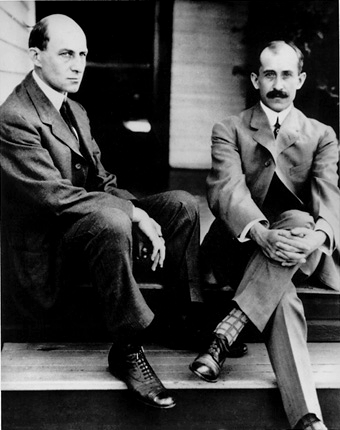 Today,
December 17, 2018 marks 115 years since the Wright brothers flew their
epoch first flight. Today,
December 17, 2018 marks 115 years since the Wright brothers flew their
epoch first flight.
But does anybody know who piloted the first
air cargo shipment?
The idea that an airplane might carry cargo
was initially sparked seven years later in 1910, when a Columbus, Ohio
merchant by the name of Max Morehouse recognized the public interest in
“flying machines.” He struck a deal with the brothers, Orville
(left) and Wilbur Wright (right) to transport 200 pounds of silk from
Dayton, Ohio USA to his dry goods store in Columbus, Ohio.
Money On The Line
The Wright brothers, also recognizing the
value of their invention, charged Morehouse $5,000 to deliver the cloth.
Today’s equivalent value of the air
cargo charge would exceed $120,000. Morehouse, more than recovered his
money for the flight. He did it by selling small pieces of the legendary
silk attached to a postcard, celebrating the world’s first cargo
delivered by airplane.
Phil & Up
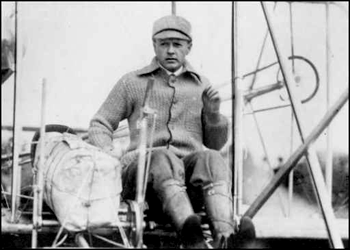 A
young man named Phil Parmelee (left) piloted the Wright B. Flyer on November
7, 1910. A
young man named Phil Parmelee (left) piloted the Wright B. Flyer on November
7, 1910.
He made the historic, 62-mile flight in
62 minutes, flying from Dayton to Columbus, his speedy arrival exceeding
the expectations of all those who waited for him. As a result, only about
1,000 people saw him land.
Shortly thereafter, as word spread, the
crowd grew to around 4,000.
Those 200 pounds of silk cloth, traveling
less than 100 miles, launched an industry that spans the globe, moving
millions of tons of air freight each year.
First Flight Remembered
For the record Mitch Cary, President of
Wright B. Flyer Inc., piloted a replica Wright B. Flyer in 2010 retracing
that epic first air cargo journey.
“We celebrated the significant accomplishments
of the world’s first air cargo pilot Phil Parmelee, in addition
to the start of the air cargo business.
“Phil Parmelee flew this historic
flight with little experience and training, having flown for the first
time just two months prior to making the flight,” explained Cary.
“He was responsible for a number of
firsts and endurance flights in those early days of aviation.
And unlike our planned flight, where we
had two pilots to share flying duties, Phil flew his flight alone.”
Recalling Uncle’s Rising
A descendant of the Wright brothers, Amanda
Wright Lane recalls that historic remembrance.
“The flight was just one part of Uncles
Orv and Wilbur’s effort to promote aviation,” she recalled.
“While they recognized their airplane
might not be able to carry heavy loads, they knew the speed of flying
was important in delivering certain types of cargo.”
Parmelee family members Philip McKeatchie
and his sister Lecia Lamphere have preserved the story of their great
uncle’s famous flight.
“Uncle Phil was told by Orville Wright,
as he tacked a map to the wing strut just prior to take-off, ‘watch
the map and do your best.
“In spite of cold temperatures and
flying solo, he did his best, and made history with what was not just
the first air cargo flight, but also the first commercial flight in the
world of aviation,” Lecia said.
The Wright Stuff
Orville Wright lived from 1871 until 1948
and his brother, Wilbur Wright lived from 1867 to 1912.
The brothers, it should be said were without
question the world’s first successful airplane engineers.
The first flight at Kitty Hawk, North Carolina
was on December 17th, 1903.
Even though there had been a number of airplanes
in the world that had gone aloft in powered flight before the Wright Brothers,
none of them were controllable.
So the Wright Brothers rightfully take credit
for the first controllable, powered, heavier than air flight.
The reason they got the credit, and 115
years later the world celebrates their success, is because the Wright
Brothers kept complete written and photographic records of everything
that they did.
Also the Wright Brothers documentation is
arranged in a manner that is easy to read and understand.
For example, the Wright’s left us
exact specs so that almost anyone handy with tools can build their own
DIY airplane and fly it!
In an age of instant everything, including
living in doubt, that simple truth is good to know.
Wright & Paul Garber
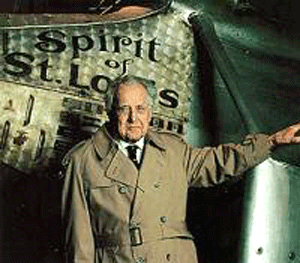 The
late Paul Garber (right) who found the National Air & Space Museum
told me how NASM got started. The
late Paul Garber (right) who found the National Air & Space Museum
told me how NASM got started.
“Orville was a friend,” Mr.
Garber recalled.
“We both agreed that the first airplane,
the exact one that flew above Kitty Hawk should be donated to the Smithsonian.
“So we arranged for the donation,
and placed the aircraft in the original Smithsonian Building in Washington.
“For years it hung above a display
of aircraft models.”
What happened next is pure fact. Smithsonian
realized that more than 3 million people a year were visiting a rather
smallish display, that included the Wright Flyer & Charles Lindbergh’s
“Spirit of St. Louis”. Both aircraft hung above a display
case of aircraft models.
Today, both the aforementioned and dozens
of other historic aircraft reside at NASM and an affiliate Paul Garber
Facility at Dulles Airport in Virginia.
The aircraft model display case, last time
we checked, is now situate at the entrance to the NASM research library
upstairs at the main downtown facility.
Geoffrey/Flossie
|





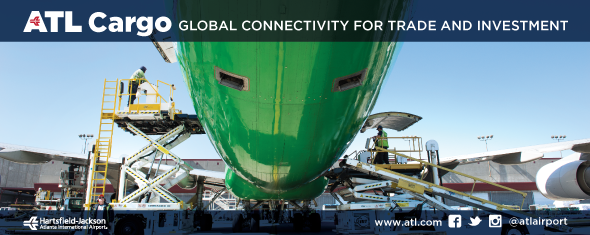
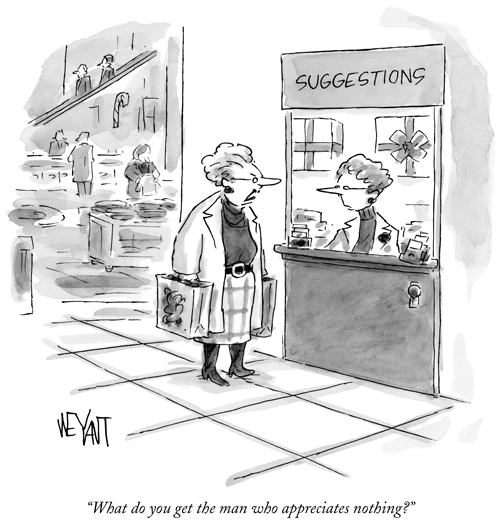
 Vol.
17 No. 83
Vol.
17 No. 83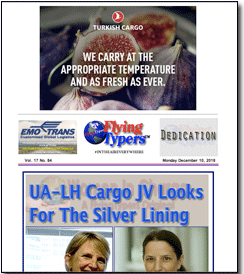 Vol.
17 No. 84
Vol.
17 No. 84